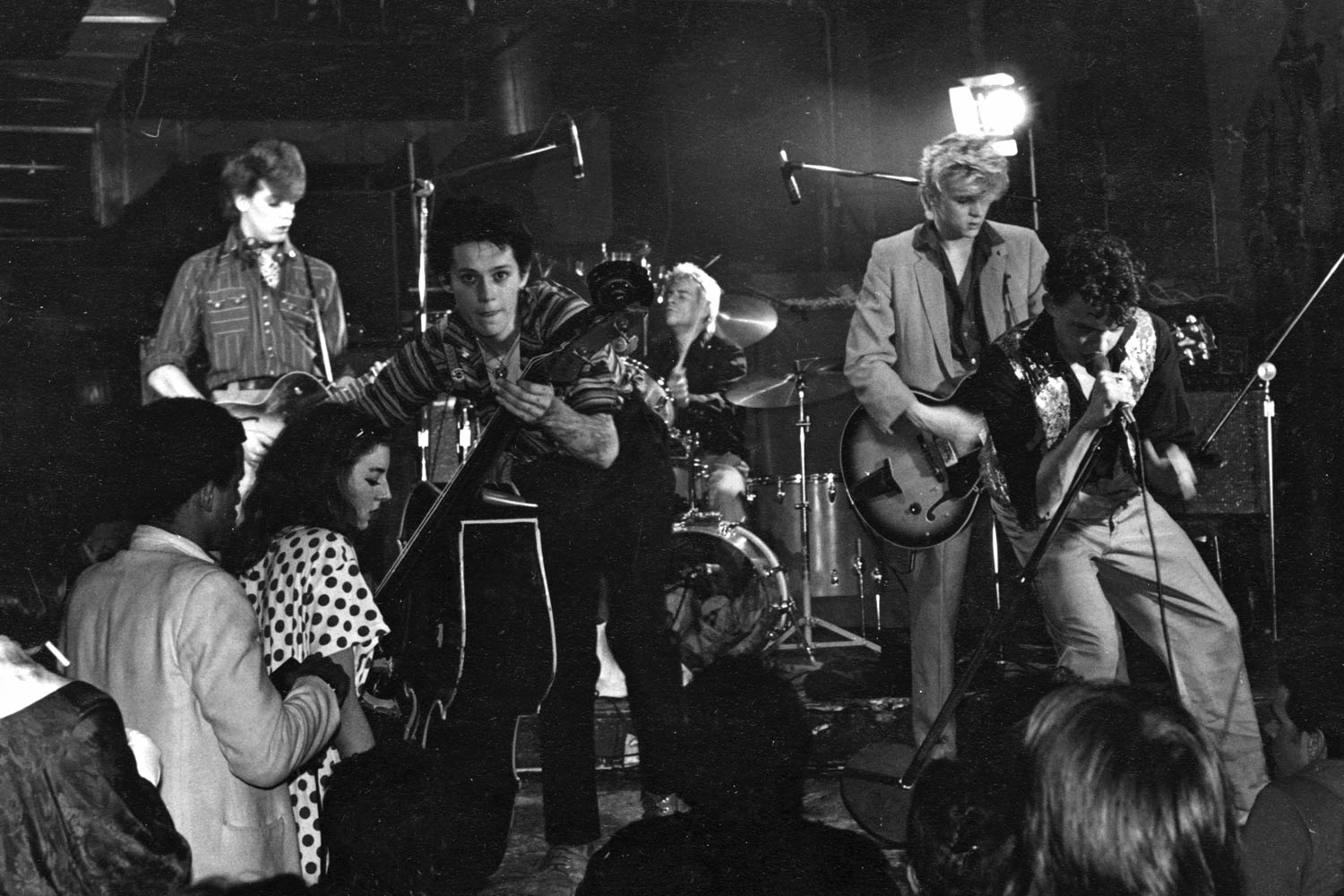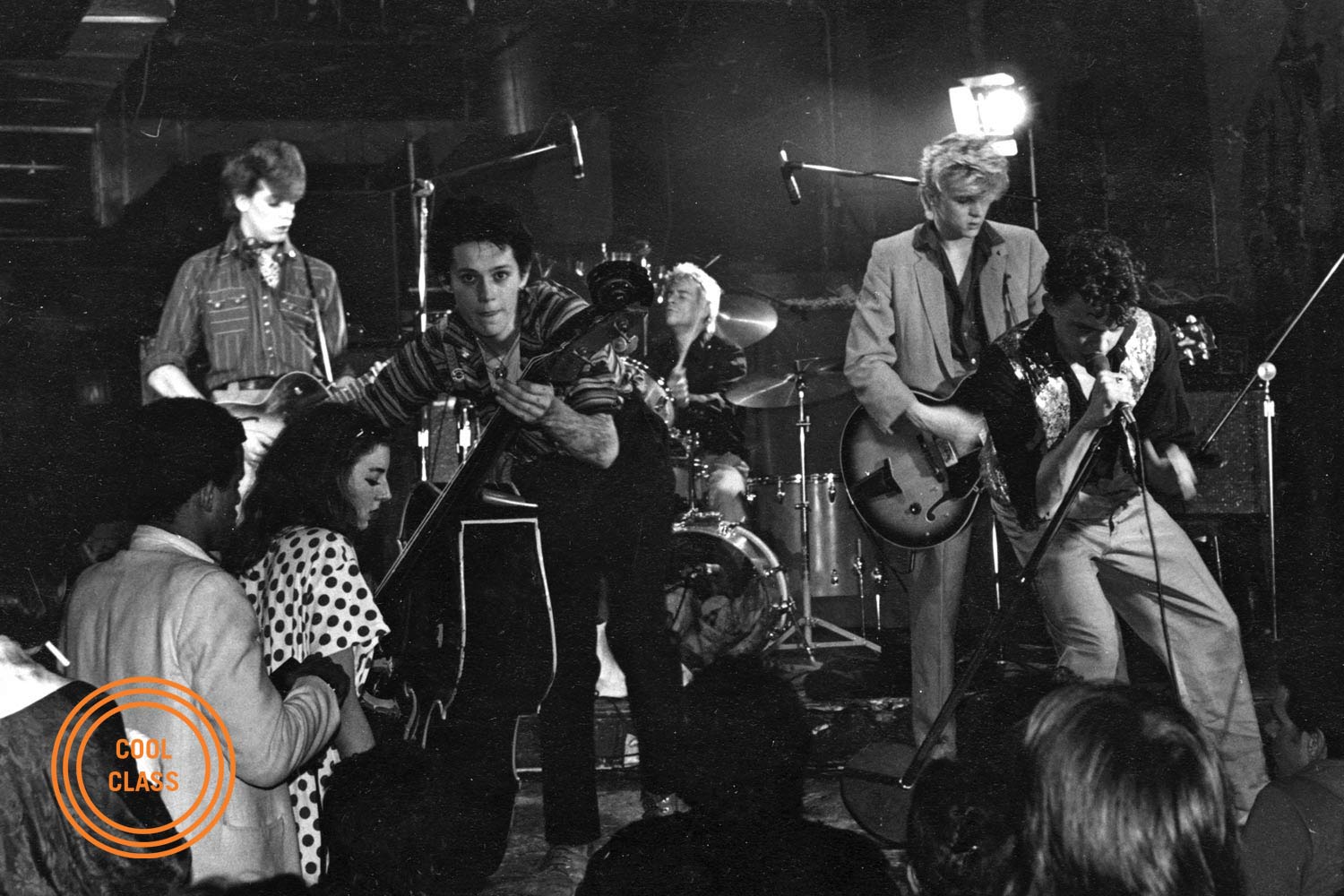



At the height of the punk explosion in 1979, Levi and the Rockats, with their blend of punk and rockabilly, took the stage at CBGB, the seminal East Village club.

At the height of the punk explosion in 1979, Levi and the Rockats, with their blend of punk and rockabilly, took the stage at CBGB, the seminal East Village club.
Punk Rock Subcultures
What Class?
Humanities Residential College Foundation Seminar: Punk Rock Subcultures
Who Teaches It?
Professor Pete Groff, philosophy
“I’ve loved punk rock since I was young. I’m not a scholar of it as such, but I still spend a lot of my spare time reading histories of different bands, scenes and movements, and I figured a few decades of playing in punk bands, attending punk shows and soaking up the music, culture and literature gave me a pretty good body of knowledge to draw on. The course is less a formal, scholarly study of punk than an attempt to have a thoughtful, philosophical discussion about an interesting way of life.
“The class begins with 1970s British punk and artists such as the Sex Pistols, the Clash, and Siouxsie and the Banshees. We work backward through the mid-’70s NYC scene, looking at artists like Patti Smith, the Ramones and Blondie, and then go further back to early protopunk bands like Nuggets-style ’60s garage rock, the Velvet Underground, the Stooges, the New York Dolls and Glam Rock. From there we move forward, from the postpunk explosion of the late ’70s and early ’80s through the emergence of Hardcore punk and its various subgenres, such as Anarchopunk, Straight-Edge, Queercore, Riot Grrrl and Krishnacore. We then examine the experimental indie underground of the ’80s, the breakthrough of Grunge in the ’90s and finally, the mainstreaming of Pop Punk.”
“Most classes begin with a little music: I bring in an old portable turntable and play a song from an iconic record that’s particularly relevant to the genre or movement we’re exploring (I still have a pretty extensive vinyl collection of that stuff, and I think it’s important for the students to see some of the material culture of punk).”
Photo: Sherri Kimmel